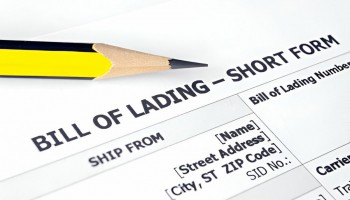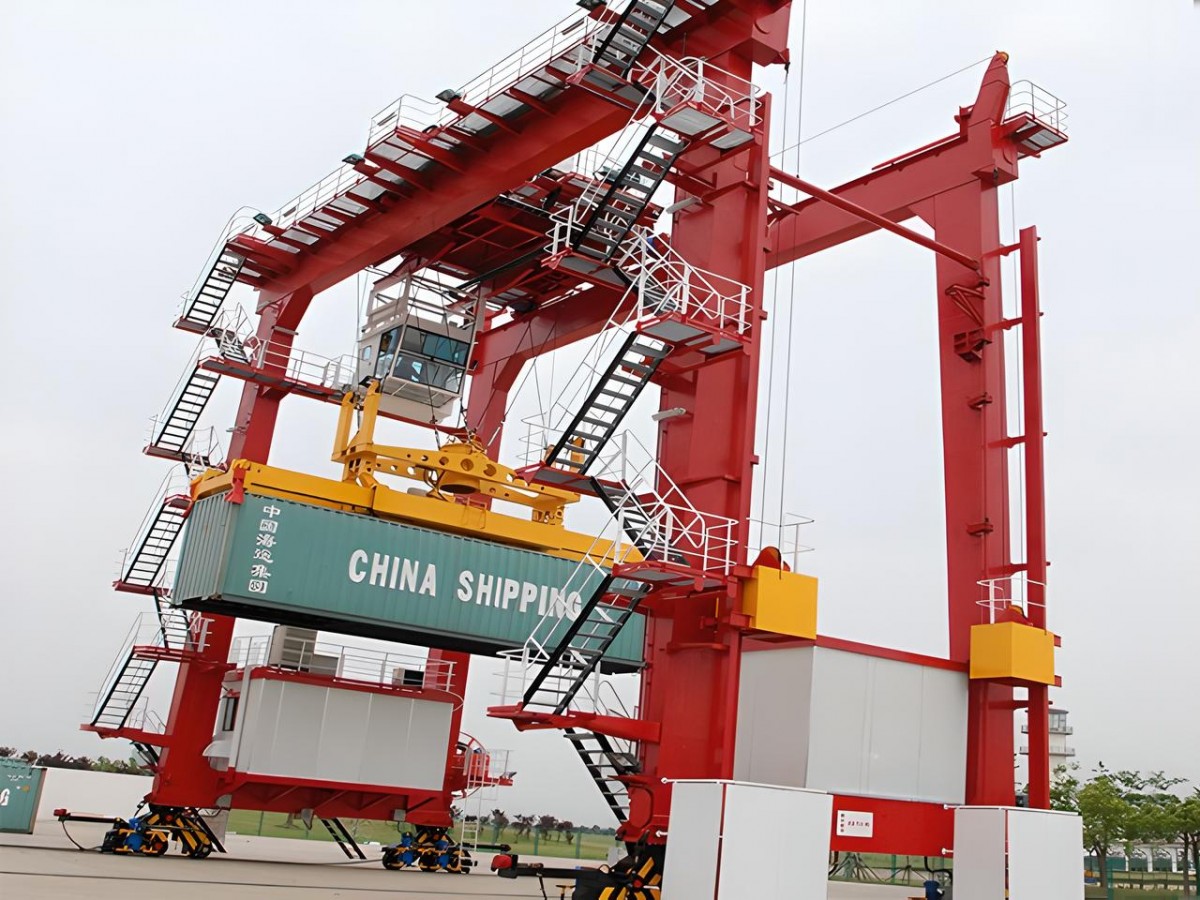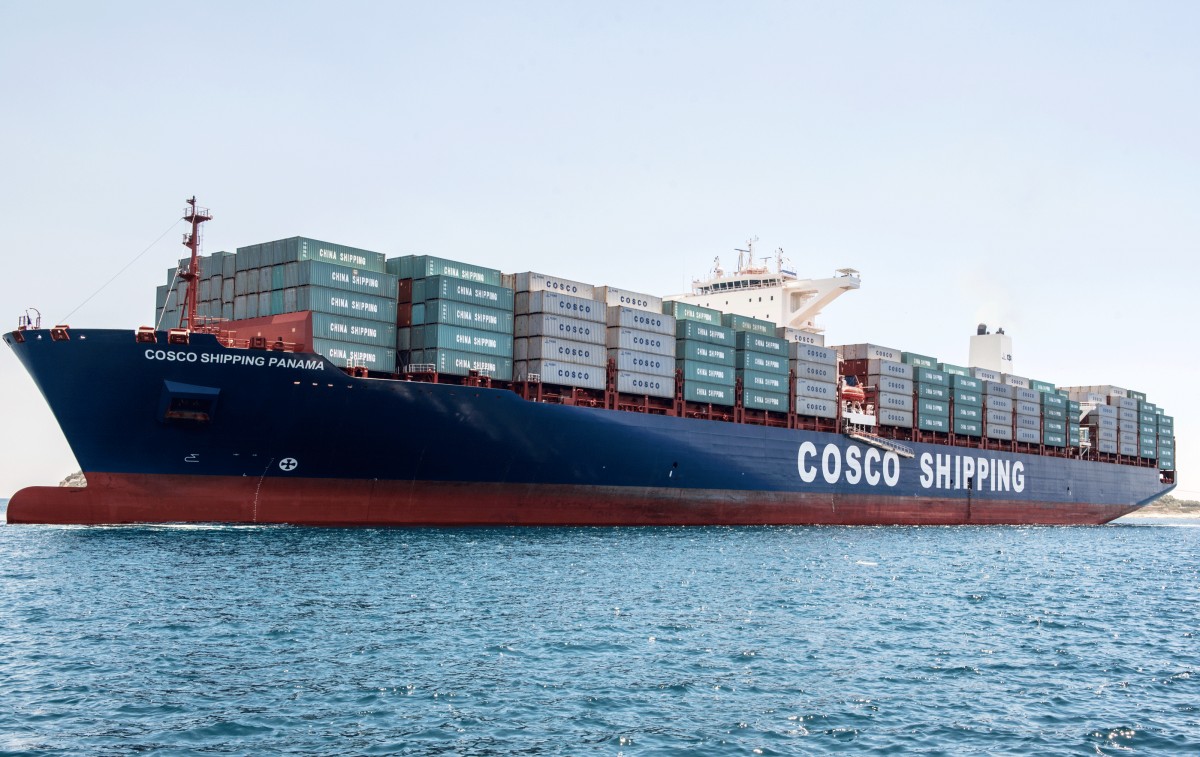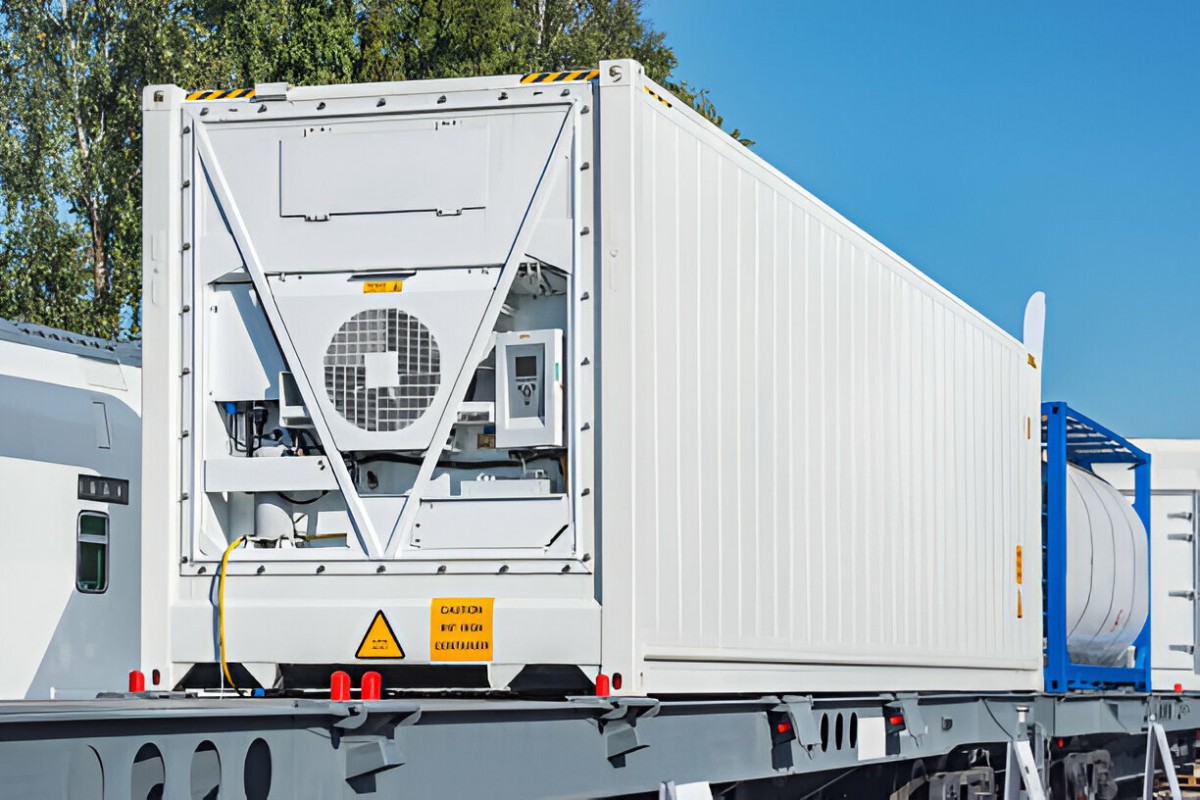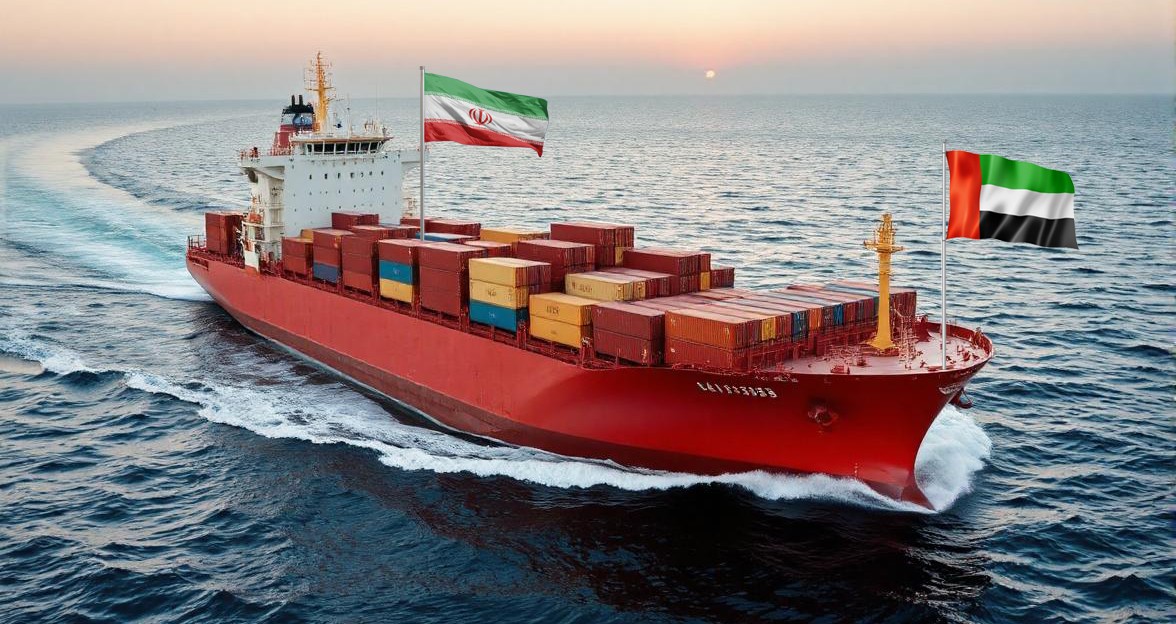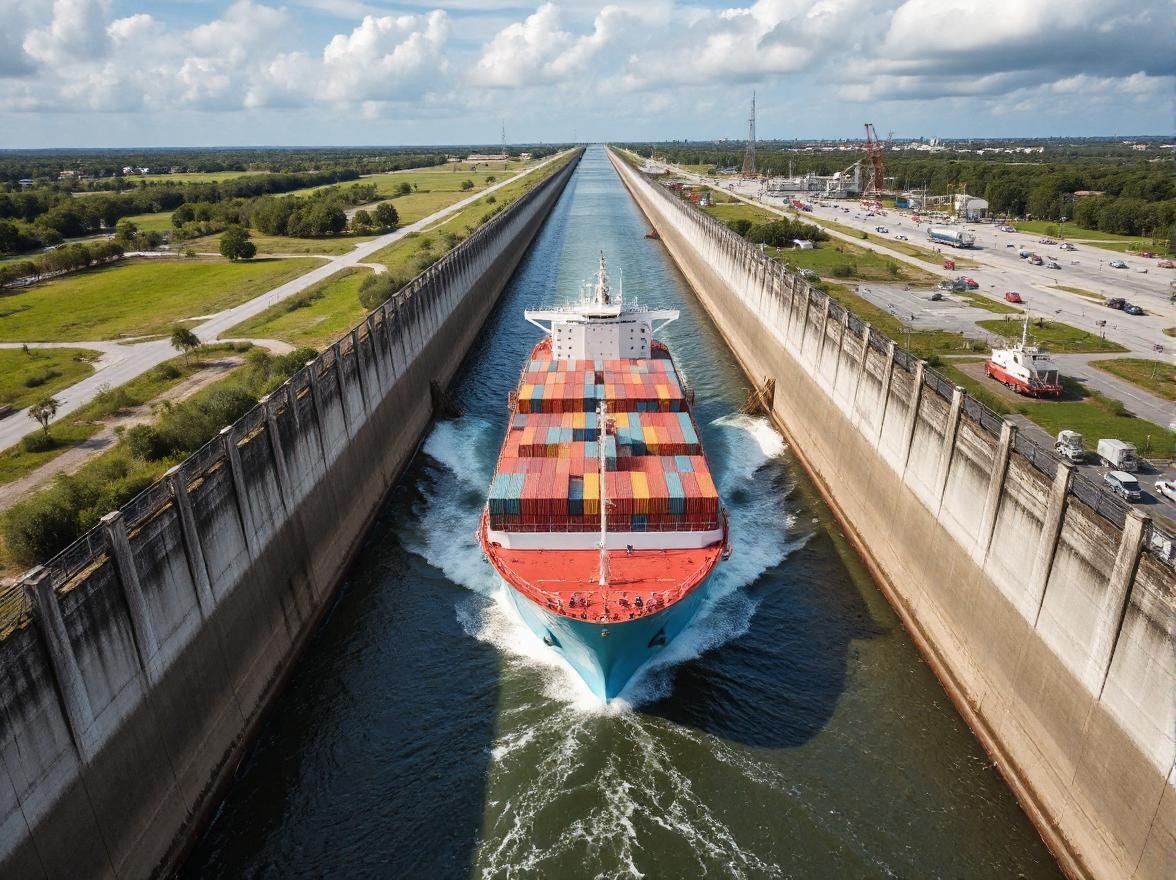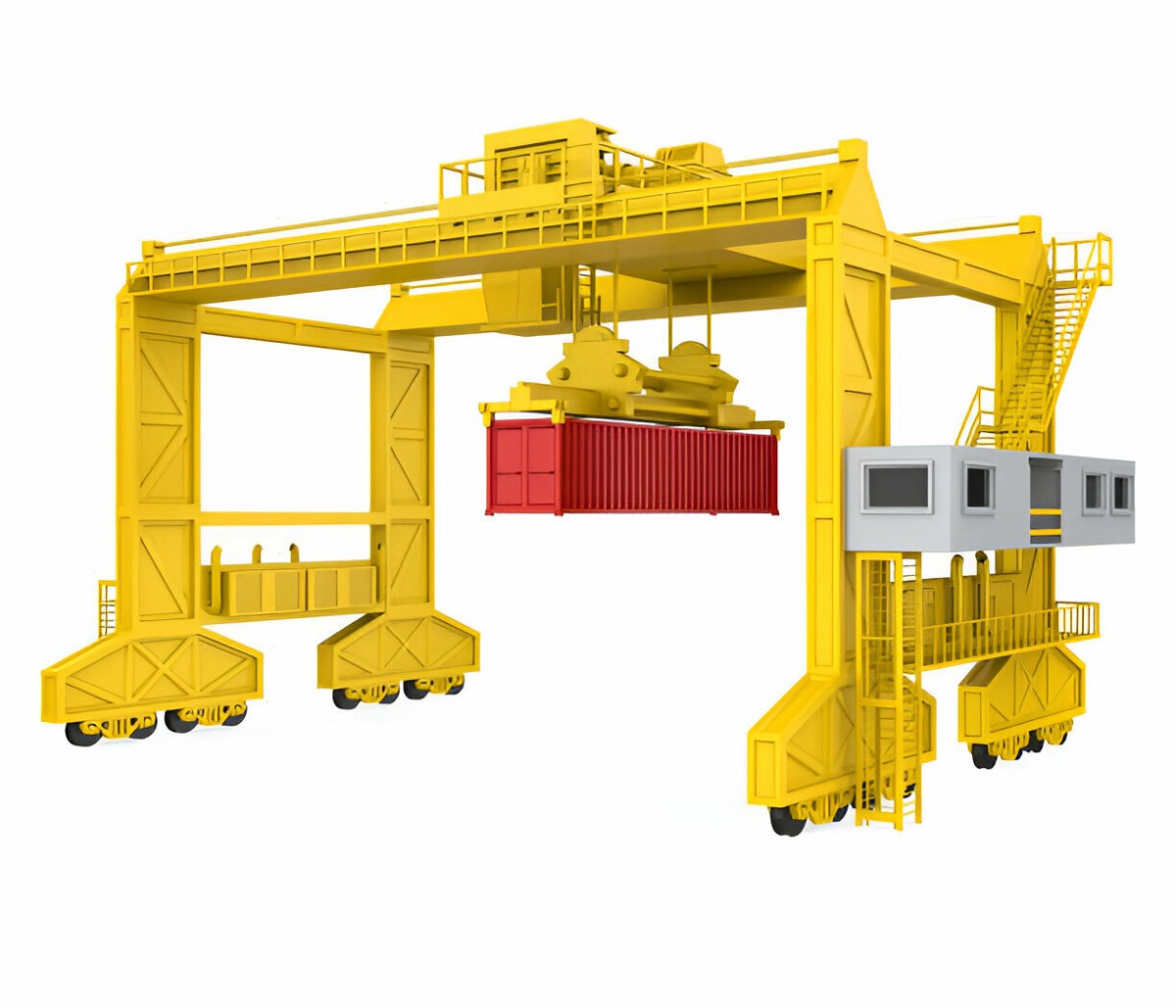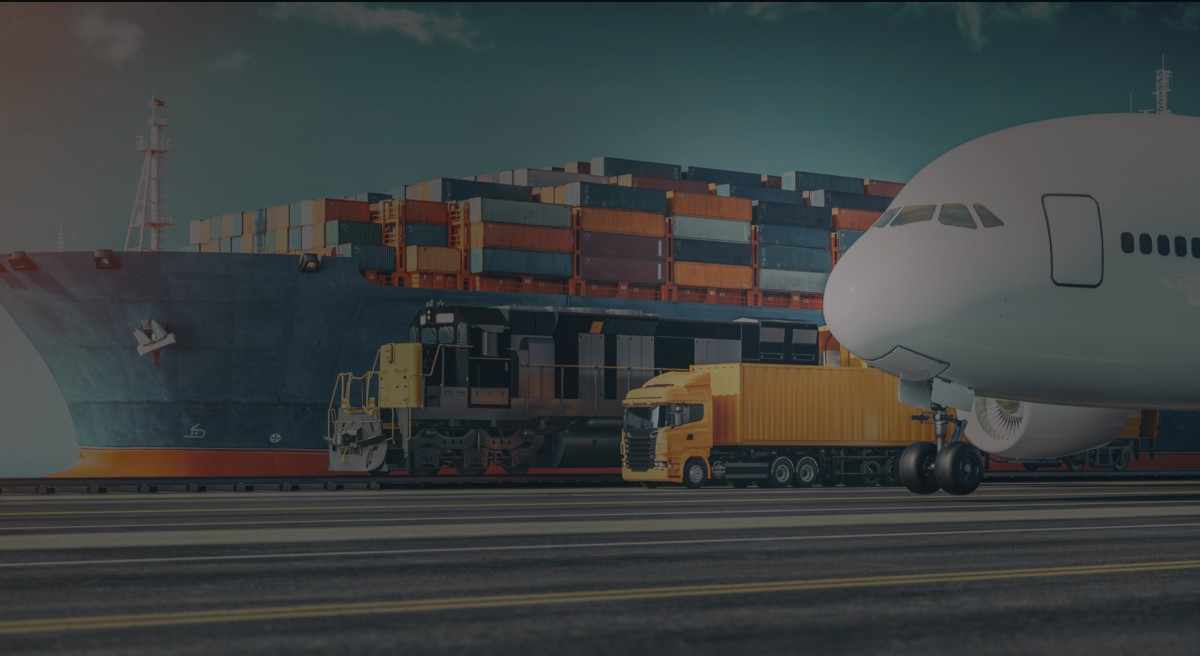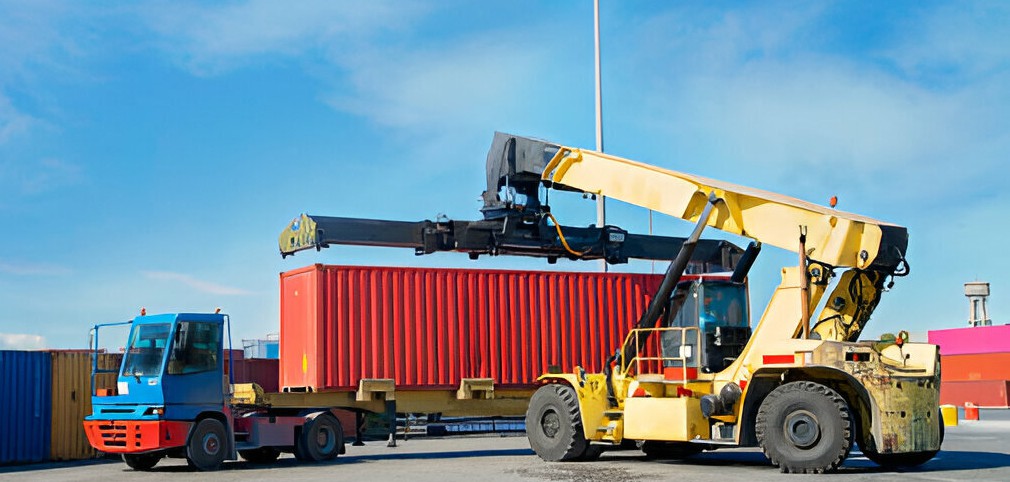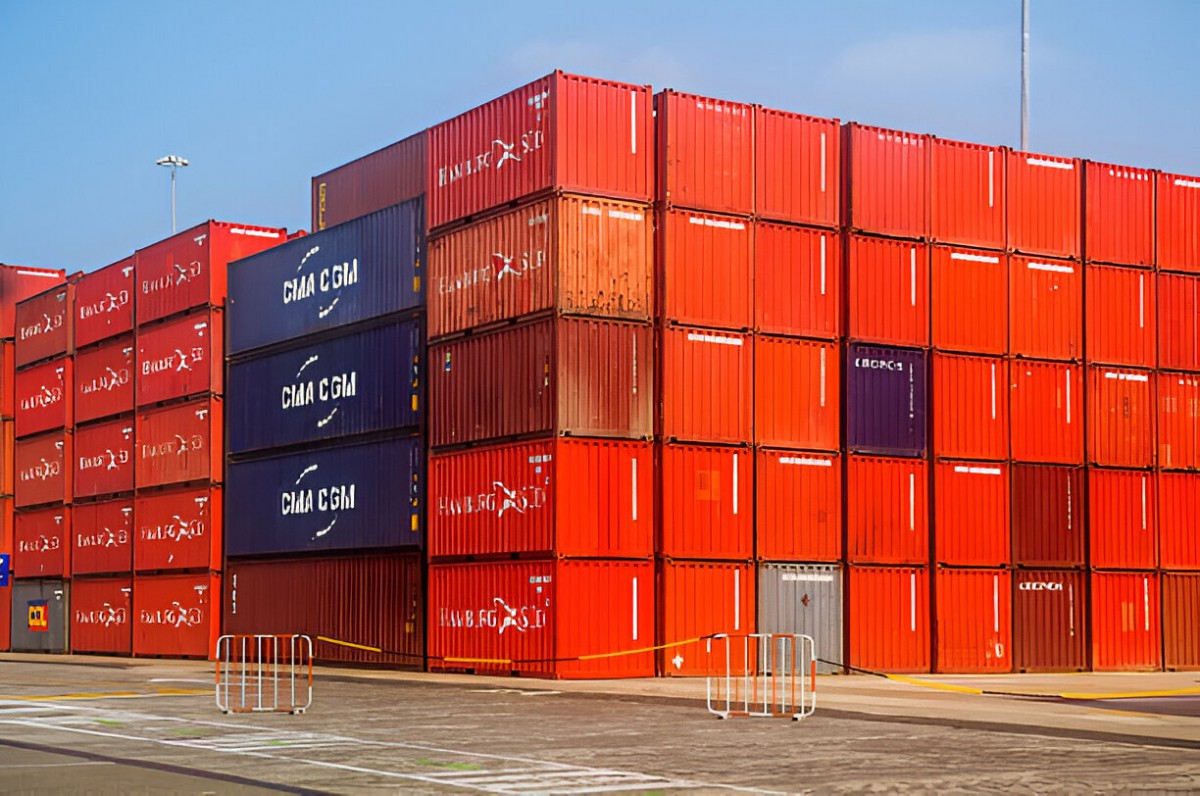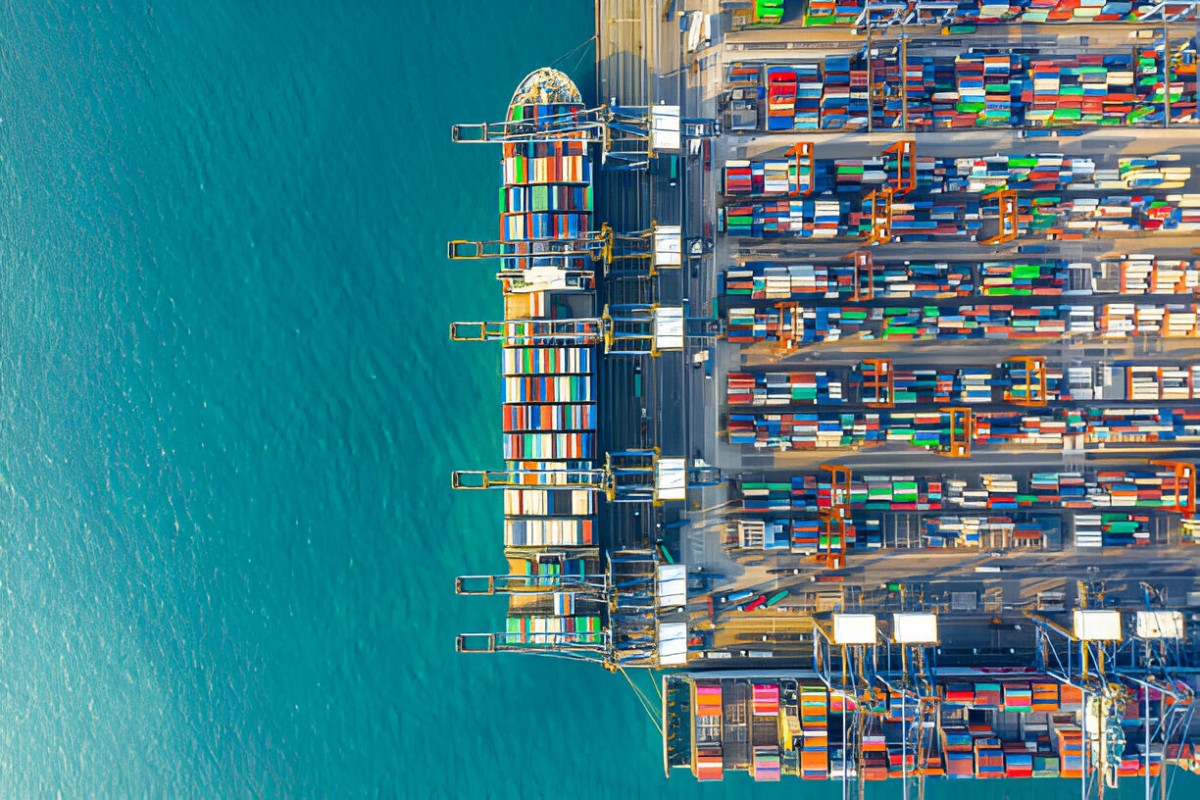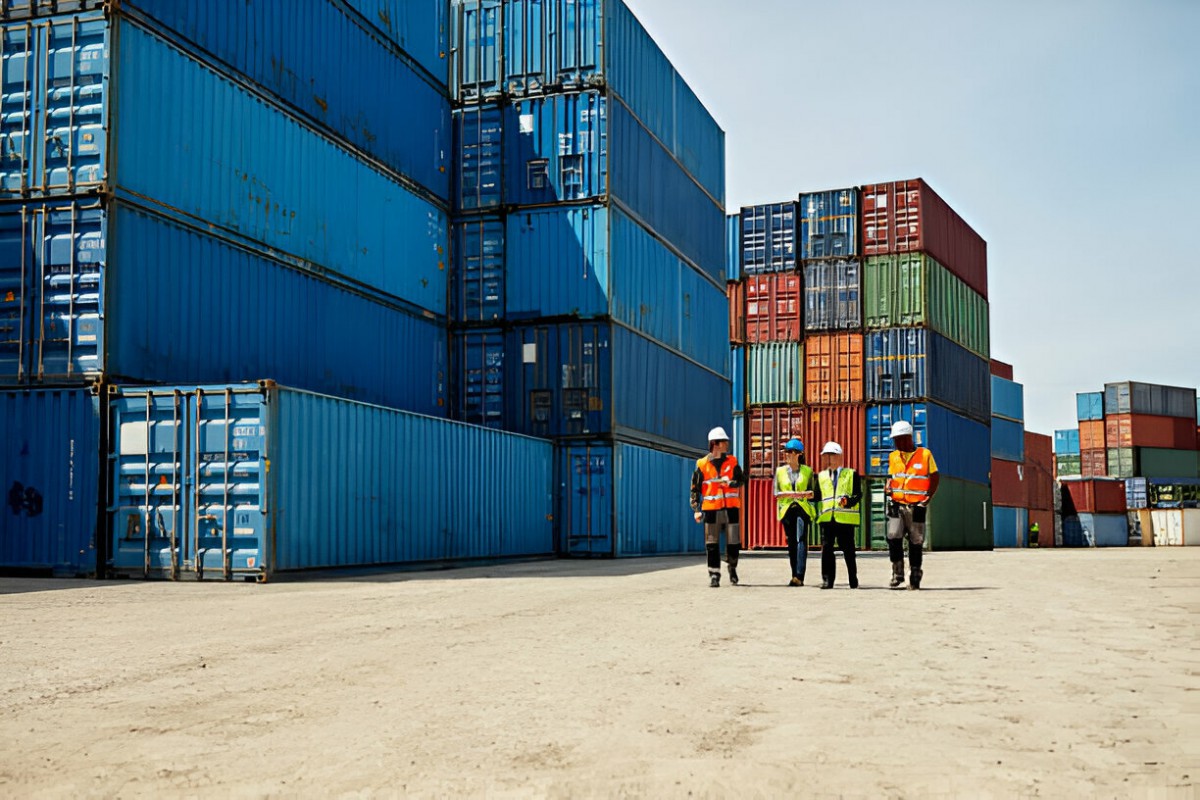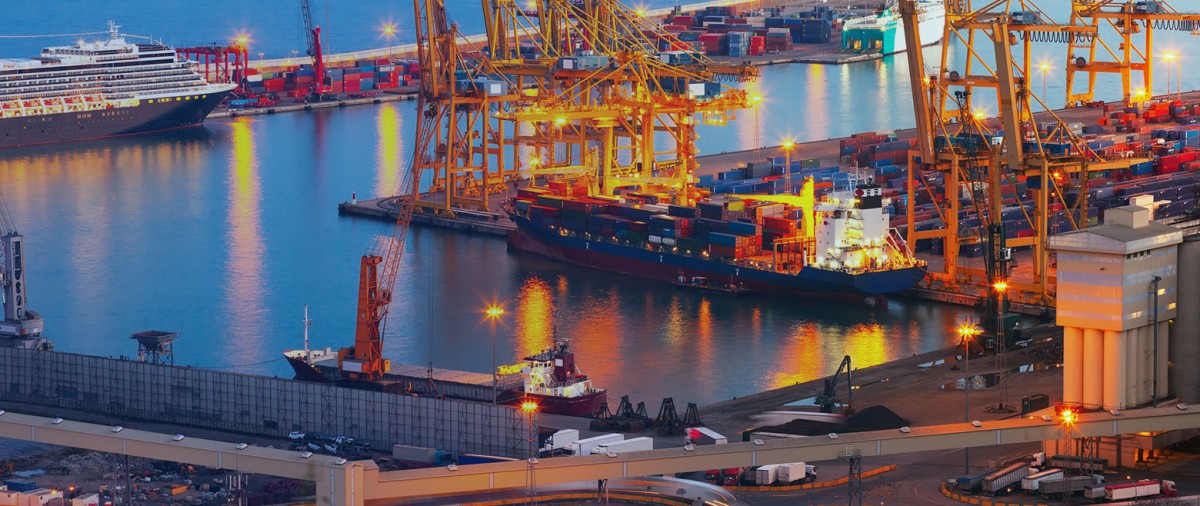Sea freight is a cost-effective and widely used method of transporting goods by sea. However, calculating sea freight costs can seem complex due to the various factors involved. In this guide, we'll explain the key elements that contribute to sea freight charges, how to calculate them, and what factors you should consider to get an accurate quote.
1. Understanding the Components of Sea Freight Costs
When calculating sea freight, several key components influence the final price. These include:
a) Freight Charges
Freight charges are the basic cost of shipping goods by sea. These charges can vary based on the shipping route, the carrier, and the type of cargo being shipped.
b) Port Charges
Port charges include fees for loading and unloading cargo at the port. These charges can differ between ports and are usually paid to the port authority.
c) Cargo Type and Volume
The type of cargo (e.g., containerized, bulk, or breakbulk) and the volume or weight of your shipment affect the overall cost. Shipping a large or heavy item will generally cost more than shipping smaller items.
d) Container Costs
If you are shipping goods in containers, the type and size of the container will affect the price. Common container sizes include 20ft, 40ft, and 40ft high cube containers. Prices vary depending on the container type, whether it’s a standard or refrigerated container.
e) Distance and Shipping Route
The distance between the origin and destination ports is a key factor in calculating sea freight costs. Longer distances generally result in higher shipping fees. Additionally, some shipping routes may be more expensive due to congestion or geopolitical factors.
f) Customs and Documentation Fees
In international shipping, customs fees and documentation charges can add to the overall cost. These charges may include import/export duties, inspection fees, and fees for preparing shipping documents.
g) Insurance Costs
Shipping insurance provides coverage in case of damage, loss, or theft during transit. The cost of insurance is typically calculated based on the value of the goods being shipped.
h) Fuel Surcharge (Bunker Adjustment Factor)
A fuel surcharge is an additional charge added to cover fluctuations in fuel prices. This charge is adjusted periodically and can affect the final cost of sea freight.
i) Handling Fees
These are charges for loading and unloading goods at the ports and terminals. Handling fees may vary depending on the nature of the cargo and the complexity of handling.

2. Calculating Sea Freight: The Process
To calculate sea freight, follow these steps:
a) Determine the Cargo Volume or Weight
The first step is to determine whether your cargo is more appropriately measured by volume (cubic meters) or weight (kilograms or tons). Shipping companies use different units of measure, and the more restrictive of the two (known as the chargeable weight ) will typically be used for pricing.
b) Choose the Shipping Method
Decide whether you will be shipping your goods via Full Container Load (FCL) or Less than Container Load (LCL):
- FCL is when you have enough goods to fill a whole container.
- LCL is when your goods share a container with other shipments, and you are charged based on the volume of your goods.
c) Calculate the Freight Rate
Once the cargo volume and type are determined, the next step is to calculate the freight rate. This is usually quoted as a cost per unit (e.g., per ton or per cubic meter).
For FCL shipments, you all be charged based on the size of the container. For LCL shipments, you all be charged based on the volume your goods occupy in the shared container.
d) Account for Additional Costs
After calculating the base freight charges, you all need to add additional costs:
- Port charges
- Handling fees
- Customs duties and taxes
- Insurance
- Fuel surcharge
3. Key Factors Affecting Sea Freight Rates
The final cost of your sea freight shipment depends on several external factors:
- Seasonality: Freight rates may vary depending on the season, with higher rates during peak shipping seasons (e.g., holidays or harvest times).
- Economic Factors: Fuel prices, international trade agreements, and political conditions can all impact sea freight rates.
- Shipping Time: Expedited services or shipping on premium routes may incur higher costs.
- Carrier: Different shipping carriers may offer different rates, and their service levels (e.g., reliability, speed) can influence your choice.
4. How to Get Accurate Sea Freight Quotes
To get an accurate sea freight quote, it is important to provide the following information:
- Origin and destination ports
- Cargo details (type, volume, weight)
- Shipping method (FCL or LCL)
- Preferred delivery times or service options
- Whether you need insurance or additional services
By providing these details, freight forwarders can give you an accurate quote based on your specific shipping requirements.
Calculating sea freight costs involves several factors, including cargo type, weight or volume, distance, and additional fees. Understanding these components and working with a trusted freight forwarder will help you get an accurate estimate of your shipping costs. For a seamless experience, make sure to request detailed quotes that cover all possible charges.
Contact Us for Accurate Sea Freight Quotes and Inquiries
If you need help calculating your sea freight costs or have any other shipping-related questions, do not hesitate to contact us for a personalized quote.




